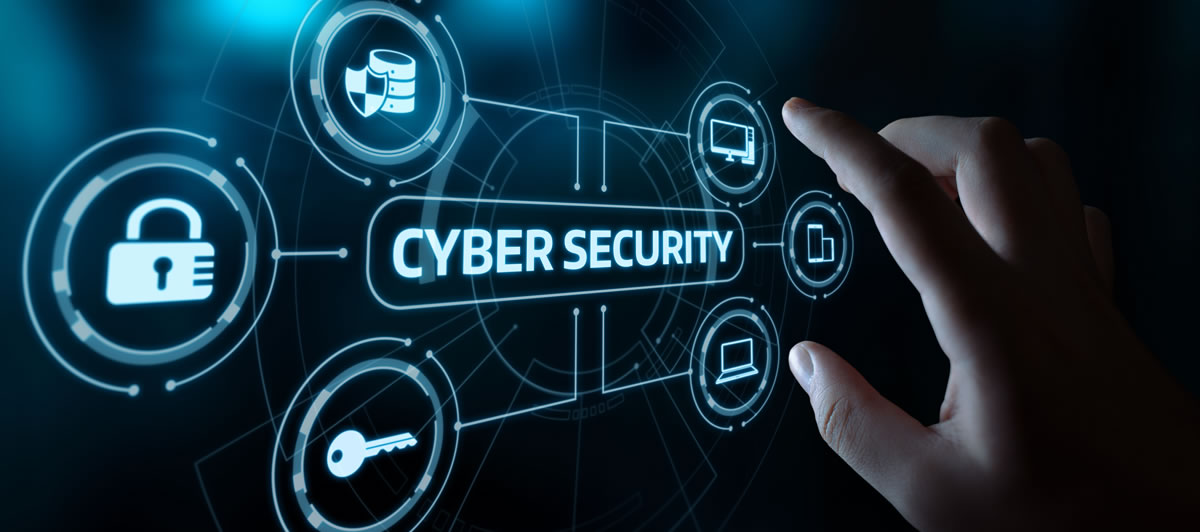If you’ve ever worked in cybersecurity or IT, you know compliance isn’t just a buzzword—it’s a reality check. Regulations like PCI DSS and HIPAA may not always be thrilling, but they exist for good reason: to protect sensitive data and hold organizations accountable. And whether you’re a security analyst, auditor, or manager, compliance-driven reporting is one of those tasks that can’t be ignored.
Done right, reporting doesn’t just check a box for auditors. It builds trust, strengthens security posture, and helps businesses avoid costly fines (and embarrassing headlines).
What Is Compliance-Driven Reporting?
At its core, compliance-driven reporting is the process of documenting how your organization meets regulatory requirements. Instead of just saying, “Yes, we’re secure,” you’re showing evidence—through logs, assessments, and reports—that prove you’re following the rules.
Some examples:
-
For PCI DSS (which applies to any company handling payment card data), reports show that encryption, access controls, and monitoring are in place.
-
For HIPAA (which applies to healthcare organizations), documentation demonstrates that patient data is properly protected and only accessed by authorized staff.
Beyond these, there are other frameworks like GDPR, SOX, and ISO 27001, all with their own reporting needs.
Why Reporting Matters
Compliance reporting isn’t just about avoiding penalties (though that’s a big motivator). It also:
-
Demonstrates accountability: You can prove to customers, regulators, and partners that you’re protecting their data.
-
Highlights risks: Reports often uncover gaps that might otherwise go unnoticed.
-
Drives improvements: Once risks are documented, leadership is more likely to approve resources to fix them.
-
Builds trust: Transparent reporting reassures stakeholders that security isn’t just lip service.
Common Challenges
Anyone who’s worked on compliance reports knows it isn’t always easy. Some challenges include:
-
Data overload: Gathering evidence from multiple systems and teams.
-
Keeping up with changes: Regulations evolve, and requirements may shift year to year.
-
Speaking two languages: Balancing technical details for auditors with plain-language summaries for leadership.
That’s why having a clear process—and the right tools—makes a huge difference.
Best Practices for Compliance-Driven Reporting
-
Automate Where Possible
Use compliance management tools or SIEMs that can generate reports automatically. This saves hours of manual work and reduces errors. -
Stick to a Standard Template
Consistency makes reports easier to understand and compare over time. Create templates for different regulations to streamline the process. -
Collaborate Across Teams
Compliance isn’t just IT’s job. Legal, HR, and business units all play a role in ensuring reports are accurate and complete. -
Focus on Gaps and Remediation
Auditors don’t just want to see where you’re compliant—they want to see how you’re addressing areas where you’re not. Be upfront and show progress. -
Keep Reports Executive-Friendly
Provide summaries that explain risks and compliance status in plain language. Executives need to understand what’s at stake without technical jargon.
Why This Matters for CompTIA Certifications
Compliance-driven reporting shows up in several CompTIA certifications because it’s such a critical part of real-world security work.
-
Security+: Introduces basic compliance concepts like PCI DSS and HIPAA.
-
CySA+: Focuses on monitoring, reporting, and demonstrating how incidents affect compliance.
-
CASP+: Emphasizes aligning compliance efforts with enterprise risk management and governance.
On exams, you might encounter questions about which reports are needed for certain regulations, or how to communicate compliance findings to leadership. In practice, this knowledge helps you move from being “just technical” to being a well-rounded professional who understands business, legal, and security requirements.
Final Thoughts
Compliance reporting may not be the most glamorous part of cybersecurity, but it’s one of the most important. It proves that organizations aren’t just saying they take security seriously—they’re backing it up with evidence.
For security analysts and CompTIA certification candidates, mastering compliance-driven reporting means you’ll not only pass exams but also be prepared to handle one of the most practical, real-world demands in the field.



